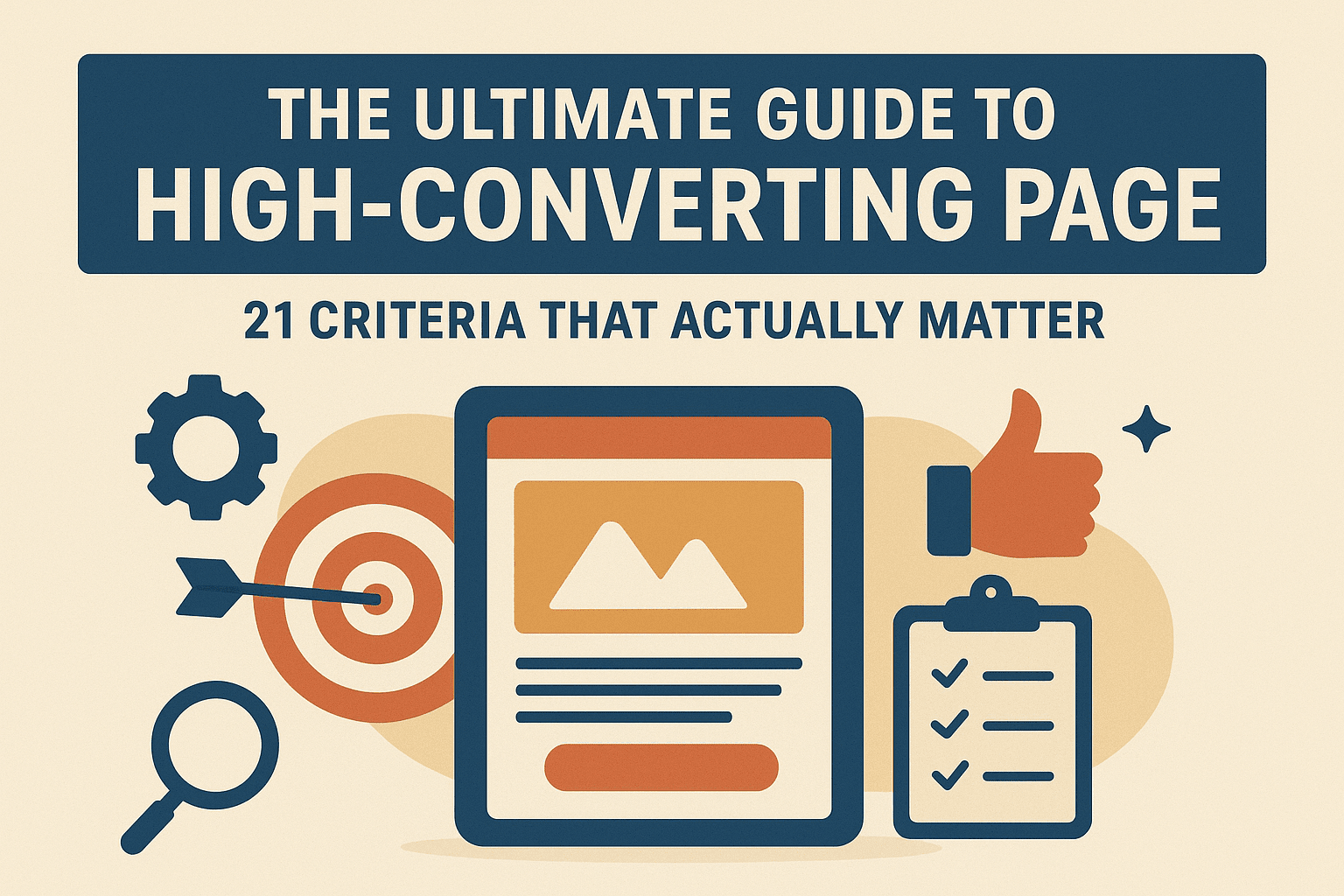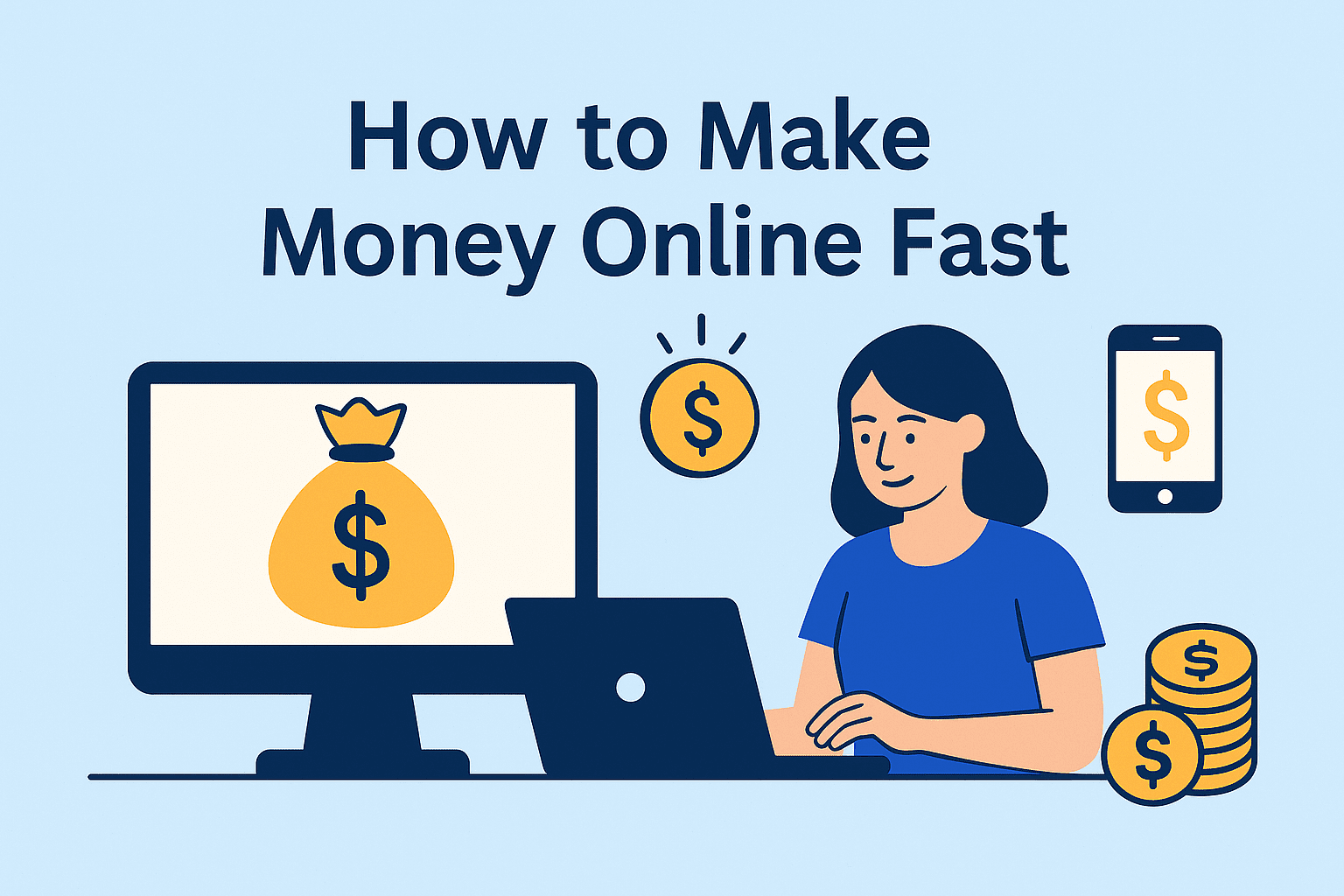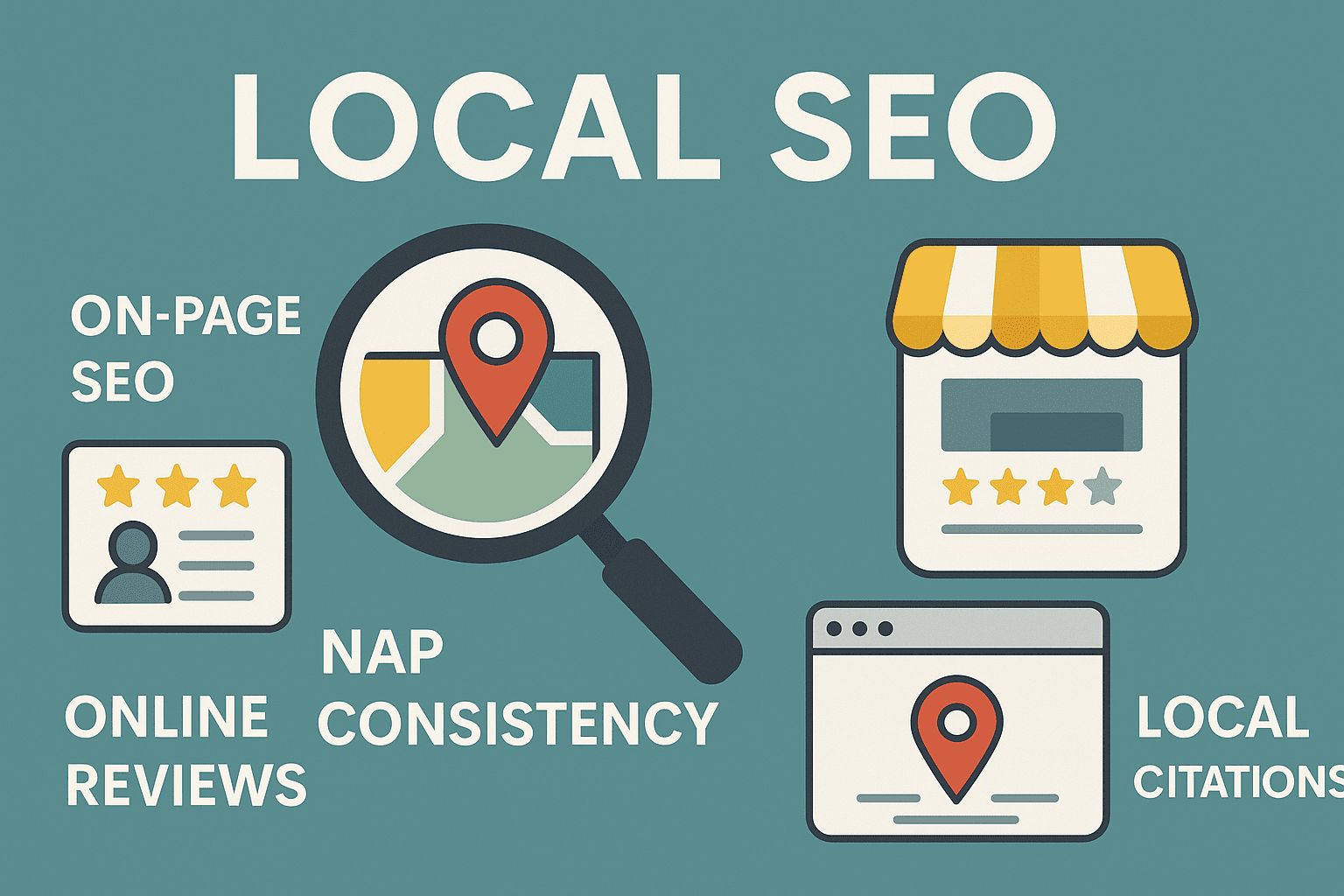In the digital world, you don’t get a second chance to make a first impression. And for most online businesses, that first impression happens on a landing page. But here’s the truth:
Most landing pages don’t convert — not because your traffic is bad, but because your page isn’t doing its job.
If you’re running Google Ads, email campaigns, or social media promotions and still not seeing results, the bottleneck isn’t your ad… it’s your landing page. Let’s fix that.
Below is the ultimate checklist of proven landing page success factors — organized by strategy, psychology, design, and data — so you can turn traffic into revenue.
1. 🎯 Clear Value Proposition (Above the Fold)
The moment someone lands on your page, they should know:
- What you’re offering
- Who it’s for
- Why it matters
❌ Vague headline: “Grow your business today”
✅ Clear headline: “Convert More Clicks into Customers with AI-Powered Funnels”
2. 🧭 Single Conversion Goal
One page = one action.
Whether it’s to sign up, buy, download, or book a call — don’t distract users with multiple CTAs or navigation menus.
✅ Focused button: “Download Your Free Guide”
❌ Confusing links: “Learn More”, “Contact Us”, “See Pricing” all on the same page.
3. 🧱 Visual Hierarchy & Design
- Use size, spacing, and contrast to draw attention.
- Make the CTA button pop against the background.
- Keep layouts clean and uncluttered.
🧠 Visual hierarchy guides the eye toward the conversion.
4. 📱 Mobile-First Optimization
Most users visit from mobile. Your page must:
- Load in under 3 seconds
- Display perfectly on all screen sizes
- Use thumb-friendly buttons
5. ⚡ Fast Loading Speed
Every second of delay costs conversions.
Use compressed images, lazy loading, and avoid bloated code.
6. 🧪 Multi-Step Funnels
Instead of sending traffic to a single sales page, create a flow:
- Step 1: Capture email
- Step 2: Present core offer
- Step 3: Offer upsell
🔄 Funnels increase customer value and reduce bounce.
7. 💳 Multiple Payment Options
Don’t make users dig for their wallet.
Add PayPal, Apple Pay, Google Pay, Buy Now Pay Later, etc.
🧠 More options = less hesitation = higher conversions.
8. 📧 Email Capture for Non-Buyers
Use exit intent popups, lead magnets, or discount offers to get emails from people who don’t convert immediately.
🔁 Follow up with nurture sequences and retargeting.
9. 📈 Multi-Step Checkout
Break down long forms into 2–3 digestible steps.
- Step 1: Name + Email
- Step 2: Shipping + Payment
- Show a progress bar to encourage completion
🧠 Uses the commitment escalation effect to reduce drop-offs.
10. 🧠 Persona-Specific Messaging
Tailor your page to a specific audience:
- Startups vs Enterprises
- Beginners vs Experts
- B2C vs B2B
✅ One-size-fits-all rarely converts well. Speak their language.
11. 🧲 Strong Call to Action (CTA)
- Use action verbs and specific benefits:
- “Get My Free Report”
- “Start My 7-Day Trial”
- Repeat CTA in multiple sections of the page.
12. 🔍 Relevant Social Proof
- Testimonials
- Video reviews
- Star ratings
- “As seen in” media logos
- Customer count or user base size
🧠 Leverages trust transfer and social proof bias.
13. 🎥 Videos that Sell
Add a video to:
- Explain complex offers
- Show the product in action
- Build trust and personality
Especially powerful on mobile and for SaaS/digital products.
14. 🧠 Long-Form Copy for Considered Purchases
Give detailed information for products that need more trust or justification.
Include:
- Features + Benefits
- Comparisons
- FAQs
- Risk reversal (guarantees)
🧠 This supports cognitive closure for hesitant buyers.
15. 🛒 Upsells and Cross-Sells
After someone buys, offer them:
- Related products
- Upgrades
- Bundles
📈 Boosts average order value and lets you afford more expensive clicks.
16. 🔁 Smart Remarketing Based on Behavior
Segment users:
- Viewed but didn’t act → show educational content
- Started checkout → address objections
- Engaged but didn’t buy → show urgency and proof
🎯 Personalized follow-ups outperform generic ads.
17. 🔍 Analytics and Event Tracking
Set up tracking for:
- Button clicks
- Form submissions
- Scroll depth
- Funnel steps
Use tools like GA4, Hotjar, and Google Tag Manager.
18. 📊 Contribution Margin over ROAS
Don’t just track ad spend vs revenue.
Account for:
- Product costs
- Fulfillment
- Discounts
- Returns
Know your true profit per conversion.
19. 🕰️ Lifetime Value (LTV) Tracking
Track purchases over 6–12 months, not just the first sale.
Most buyers don’t convert on day 1, but they come back.
📉 Don’t kill a good campaign based on 7-day metrics.
20. 🔎 Brand Search Lift
Measure how many people search your brand after seeing your ads — even if they didn’t click.
Called dark social or invisible attribution — and it’s real revenue.
21. 🧠 Understand the Psychology
Behind every tactic is a psychological principle:
- Value Anchoring (upsells)
- Trust Transfer (testimonials)
- Mere Exposure (emails)
- Choice Architecture (payment options)
- Relevance Framing (remarketing)
When you align these principles, you’re not guessing — you’re engineering conversions.
🧠 Final Thought: Your Landing Page Isn’t a Brochure — It’s a Sales Engine
If your landing page doesn’t convert, it’s not your ads or traffic. It’s what happens in those first 8 seconds after the click that determines everything.
When you implement these 21 factors systematically, you stop hoping for results… and start engineering them.





